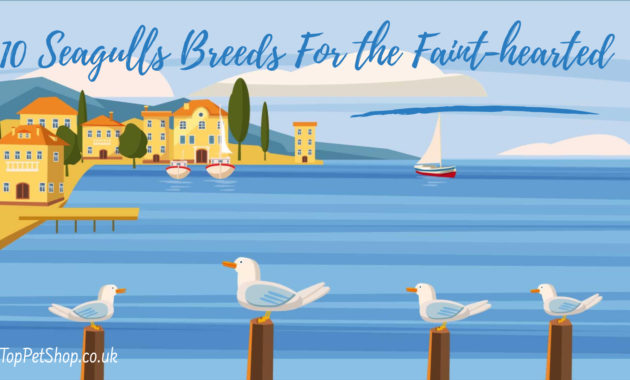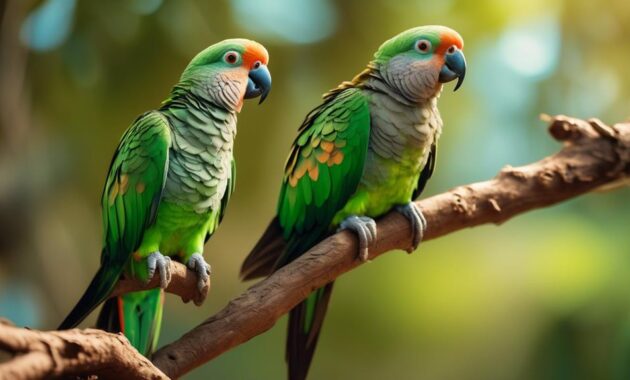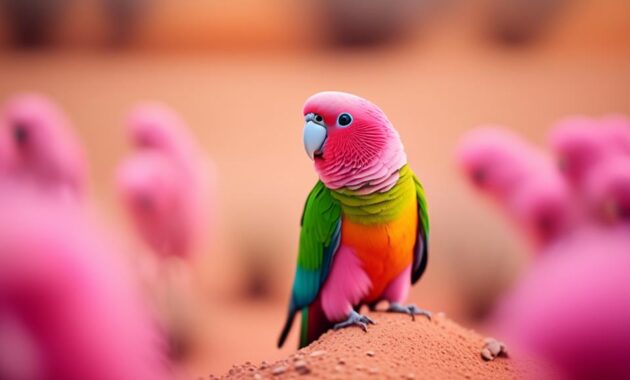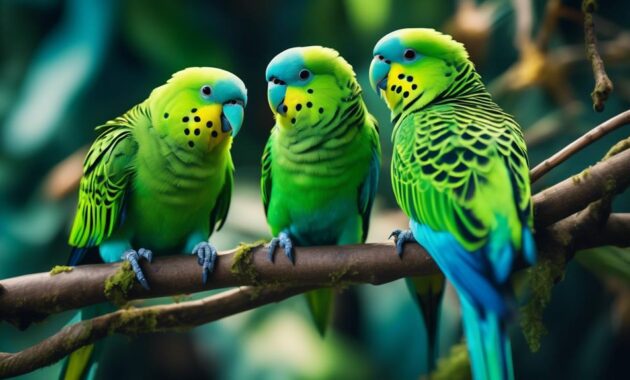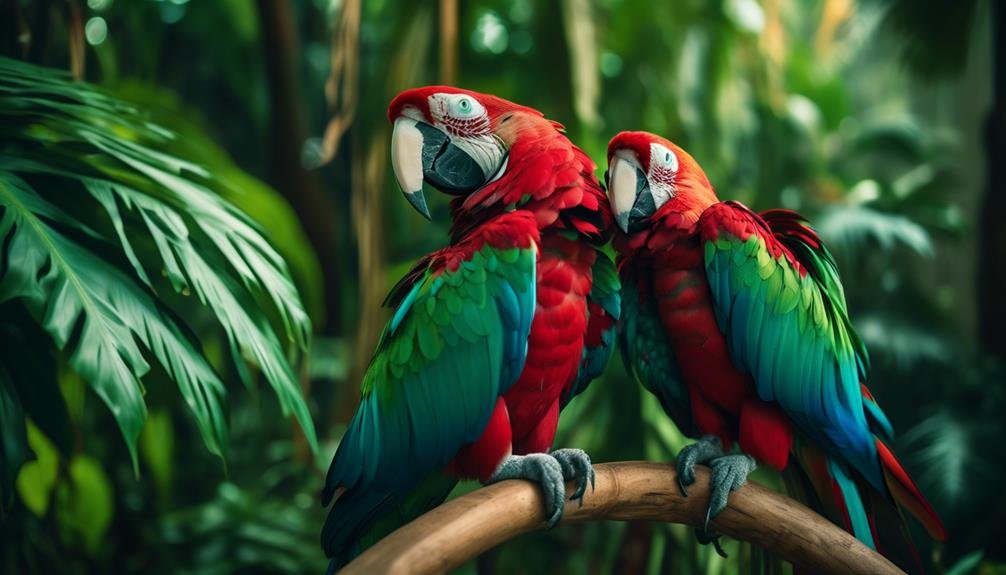
Are you intrigued by rare and endangered species? If so, prepare to be captivated by the mesmerizing beauty of the Green Winged Macaws.
These magnificent creatures, belonging to the Macaw family, possess a vibrant red plumage adorned with breathtaking blue and green accents. With an impressive size of 37 inches, they are among the largest parrots you'll ever encounter.
But there's more than meets the eye with these stunning birds.
Stay tuned to discover the fascinating world of Green Winged Macaws and the unique challenges they face in their fight for survival.
Key Takeaways
- Green Winged Macaws are one of the largest parrots, known for their vibrant plumage and striking colors.
- They have a long lifespan of up to 80 years and require a spacious cage and balanced diet for their health and wellbeing.
- Green Winged Macaws are highly intelligent and sociable birds, capable of mimicking sounds and interacting with humans and other birds.
- The population of Green Winged Macaws has significantly declined due to illegal trapping and trade, and conservation efforts are being made to protect and restore their population.
Size and Lifespan
Green Winged Macaws are large parrots, reaching an impressive size of 37 inches. These majestic birds are among the largest parrots in the world. With their vibrant colors and striking appearance, they're truly a sight to behold.
Green Winged Macaws have a long lifespan, living up to 80 years. This means that they can be lifelong companions if you choose to have one as a pet. Due to their size, they require a spacious cage and plenty of room to roam during the day.
While they aren't particularly noisy, they can talk and mimic sounds. It's important to provide them with a balanced diet of seeds, pellets, fruits, and vegetables to ensure their health and wellbeing.
Bird Species and Colors
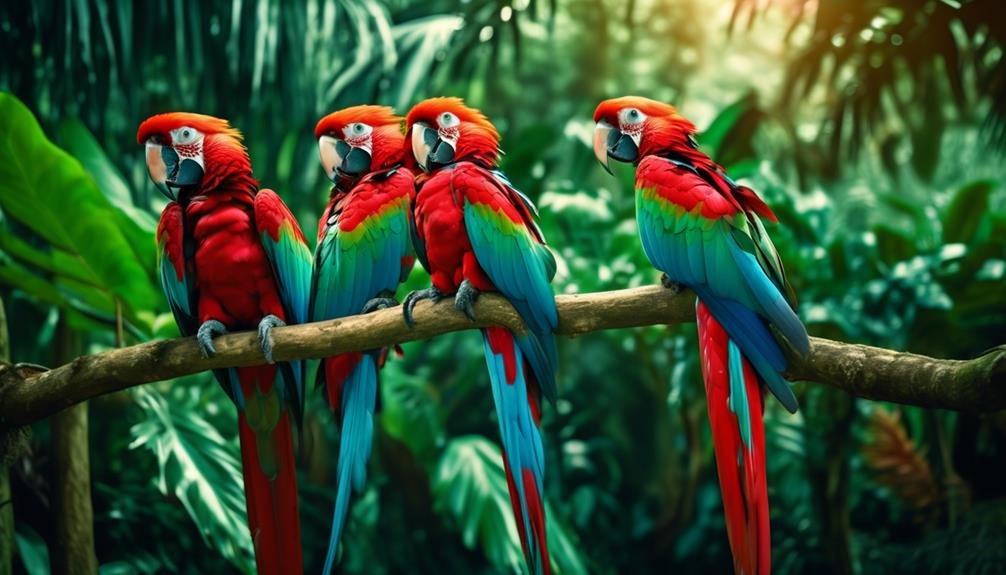
Belonging to the Macaw species, the Green Winged Macaws showcase a magnificent red plumage adorned with captivating blue and green details. These stunning birds are truly a sight to behold.
Here are some interesting facts about their species and colors:
- Green Winged Macaws are a type of Macaw, known for their vibrant colors.
- Their plumage is predominantly red, with shades ranging from deep crimson to bright scarlet.
- Along their wings, you can find striking hues of blue and green, creating a stunning contrast against the red feathers.
The combination of these colors makes the Green Winged Macaws one of the most visually striking birds in the world. Their vibrant plumage is a testament to the beauty and diversity of the avian kingdom.
Sounds and Interaction
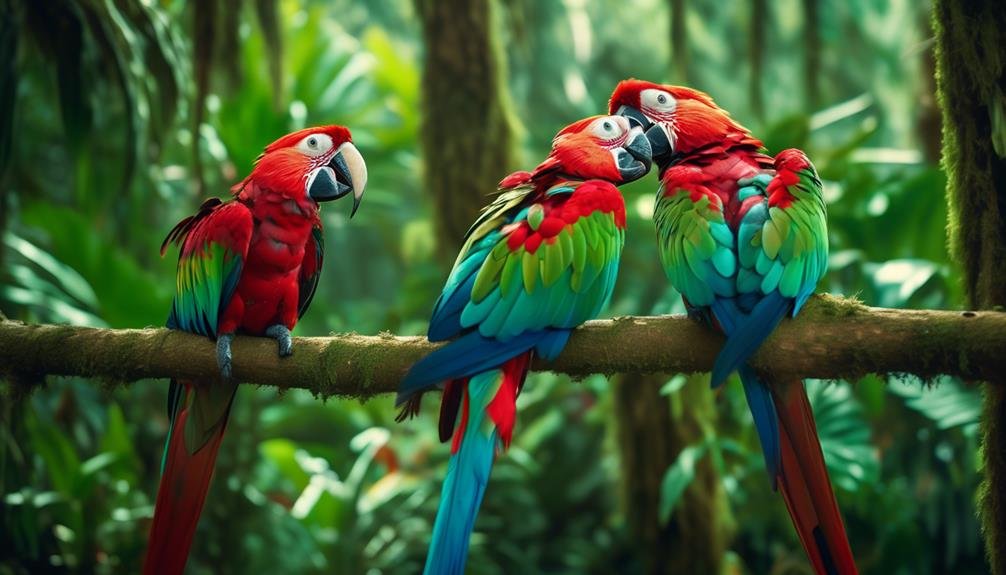
When it comes to sounds and interaction, Green Winged Macaws are known for their vocal talents and social nature. These magnificent birds are not only capable of producing a wide range of sounds but also possess the ability to mimic various sounds, including human speech. They are highly sociable creatures and enjoy interacting with both their human caretakers and other birds. In fact, they thrive on companionship and can become quite distressed if left alone for long periods of time. Green Winged Macaws are often compared to African Grey Parrots and Senegal Parrots in terms of their intelligence and ability to communicate. Their playful and affectionate nature makes them popular pets among bird enthusiasts.
| Sounds and Interaction | |
|---|---|
| Vocal talents | Social nature |
| Mimic sounds | Highly sociable |
| Playful | Affectionate |
| Compared to African Grey Parrots and Senegal Parrots |
Native Region and Habitat
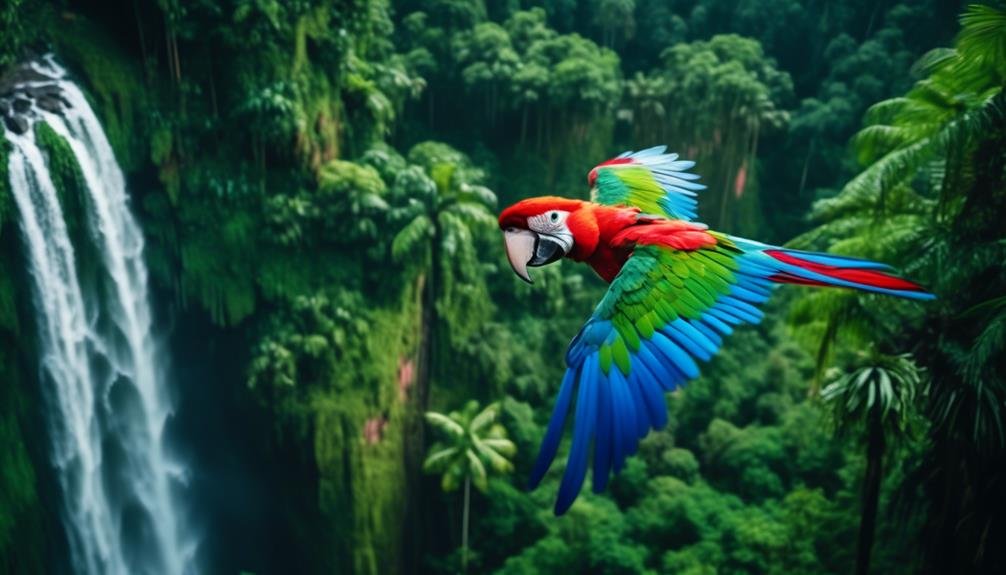
Located in northern and central South America, the native region of Green Winged Macaws is characterized by tropical rainforests and low foothills. These majestic birds prefer to nest in the lush canopies of the rainforests, where they find ample food and shelter. However, their habitat is under threat due to deforestation and human encroachment.
Here are some key points about the native region and habitat of Green Winged Macaws:
- They're found in countries such as Brazil, Colombia, and Venezuela.
- They thrive in the humid and warm climate of the rainforests.
- The dense vegetation provides them with a variety of fruits, nuts, and seeds for sustenance.
- They also rely on the tall trees for nesting and breeding.
It is crucial to protect their native habitat to ensure the survival of these endangered birds.
Description and Care
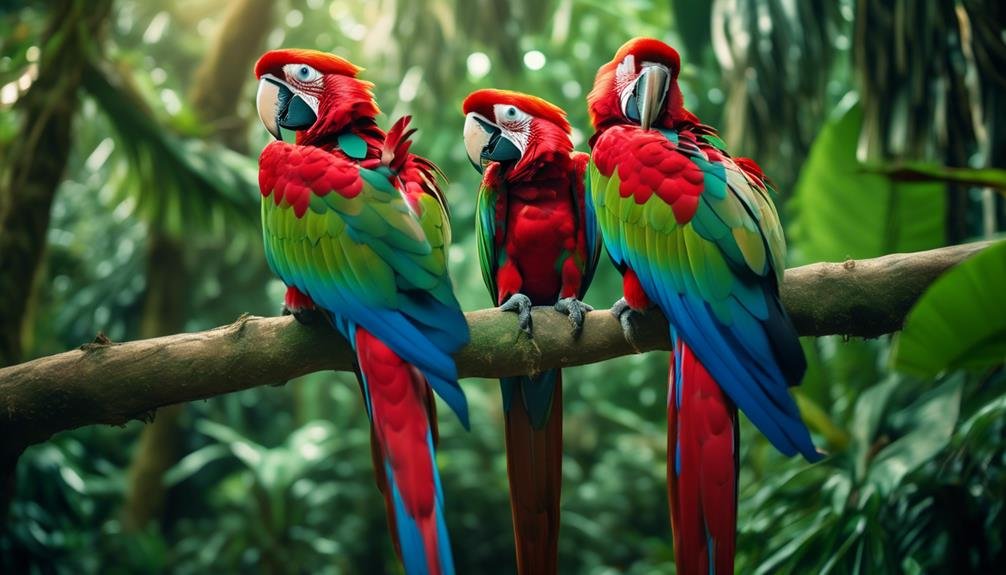
To properly care for Green Winged Macaws, it is important to understand their unique description and specific needs. Green Winged Macaws are one of the largest parrots, reaching 37 inches in size. They have a striking plumage, with red, green, and blue colors. They require a large, roomy cage for nighttime and need to roam during the day. Although they are not noisy, they can talk and mimic sounds. It is important to provide them with a balanced diet consisting of seeds, pellets, fruits, and vegetables. In addition, Green Winged Macaws are social, affectionate, and playful. They can be compared to African Grey Parrots and Senegal Parrots in terms of their interaction and behavior. By understanding their unique description and specific needs, you can ensure the proper care and well-being of Green Winged Macaws.
| Description | Care |
|---|---|
| Largest parrot | Large, roomy cage |
| Striking plumage | Balanced diet of seeds, pellets, fruits, and vegetables |
| Social, affectionate, and playful | Interaction and playtime |
| Can talk and mimic sounds | Regular veterinary check-ups |
| Similar to African Grey Parrots and Senegal Parrots | Mental stimulation and enrichment |
Cage Requirements and Roaming

Green Winged Macaws require a spacious cage during the night to ensure their comfort and safety. To meet their needs, consider the following requirements:
- Size: Provide a cage that's at least 3 feet wide, 4 feet deep, and 5 feet tall to allow ample space for movement.
- Bar Spacing: Use bars spaced no wider than 1 inch apart to prevent escape or injury.
- Perches: Include sturdy perches of varying thickness to promote foot health and exercise.
During the day, it's important to allow Green Winged Macaws to roam outside of their cage for mental and physical stimulation. Here's what you can do:
- Bird-Proofing: Ensure the area is free of hazards such as toxic plants, open windows, or electrical cords.
- Supervision: Always supervise your macaw to prevent accidents or destructive behavior.
- Enrichment: Provide toys, puzzles, and foraging activities to keep them engaged and entertained.
Vocal Abilities and Social Behavior
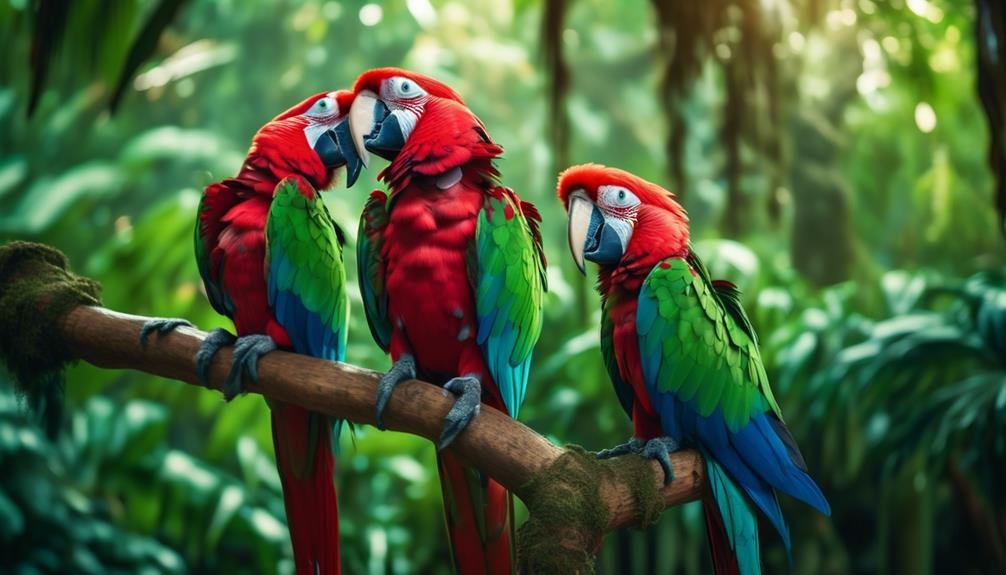
Vocalization is an important aspect of the Green Winged Macaws' social behavior, allowing them to communicate and interact with their environment. These macaws are highly vocal birds, using a wide variety of sounds to express their emotions and convey messages to others. They have a loud and distinctive call that can be heard from long distances.
In addition to their natural vocalizations, Green Winged Macaws are also capable of mimicking human speech and other sounds they hear in their surroundings. This ability to imitate sounds makes them engaging and entertaining pets.
Furthermore, their social behavior is characterized by their affectionate and playful nature. They enjoy interacting with their owners and can form strong bonds with them. Green Winged Macaws are known to be sociable birds and thrive in environments where they have ample opportunities for social interaction and mental stimulation.
Comparison to Other Parrot Species
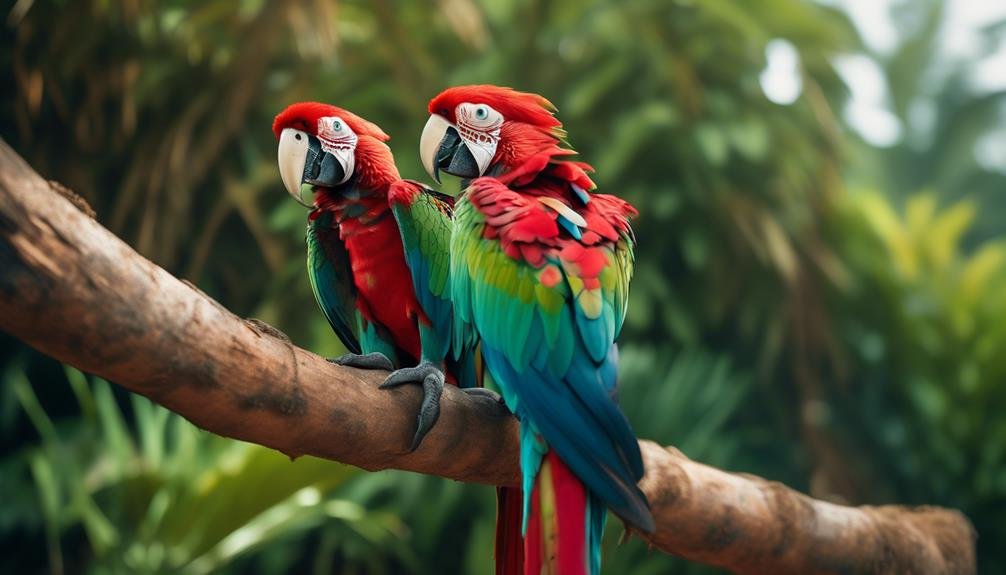
When comparing Green Winged Macaws to other parrot species, it's evident that their sociable nature and exceptional vocal abilities set them apart.
- Sociability: Green Winged Macaws are known for being highly social birds, seeking interaction and companionship from both humans and other birds. They thrive in environments where they can engage in social activities, making them a popular choice among parrot enthusiasts.
- Vocal Abilities: These macaws possess an impressive vocal range and can mimic a wide variety of sounds, including human speech. Their ability to communicate and entertain with their vocal talents is unmatched, making them a favorite among those who enjoy the company of a talkative parrot.
- Comparison to Other Species: In comparison to African Grey Parrots and Senegal Parrots, Green Winged Macaws exhibit similar sociable behavior and exceptional vocal abilities. However, their larger size and striking plumage set them apart, making them a unique and captivating addition to any bird lover's collection.
Declining Population and Conservation Efforts
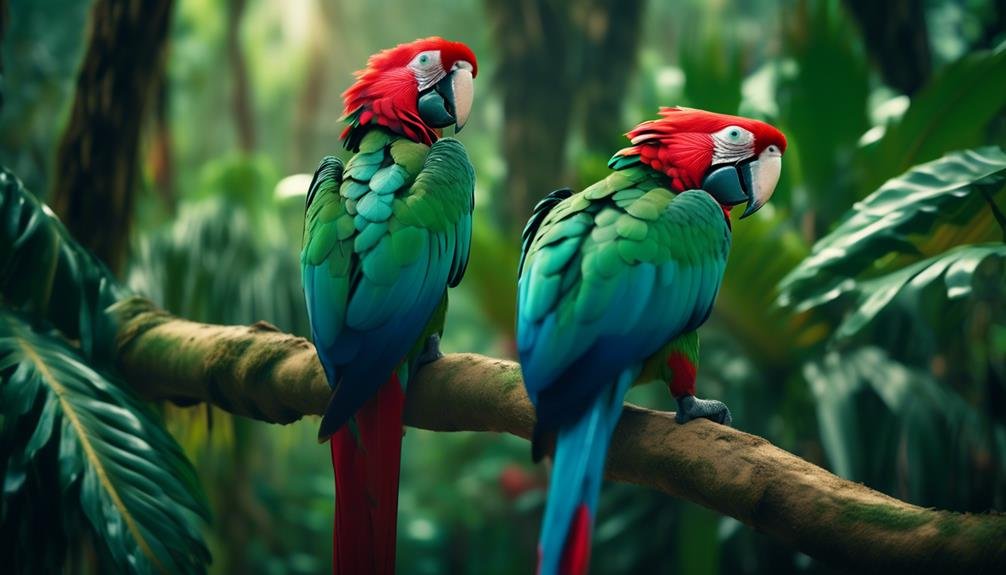
The Green Winged Macaw population has experienced a decline due to illegal trapping and trade. These beautiful birds, known for their striking plumage of red, green, and blue, have become victims of the exotic pet trade. Their large size and vibrant colors make them highly sought after, leading to their capture and sale on the black market.
As a result, their numbers in the wild have significantly dwindled. Conservation efforts are being made to protect and restore their population. Organizations are working to raise awareness about the importance of saving these birds and their habitats. Additionally, stricter laws and regulations are being implemented to combat illegal trapping and trade.
It's crucial to take action now to ensure the survival of these endangered Green Winged Macaws.
Balanced Diet and Feeding Recommendations
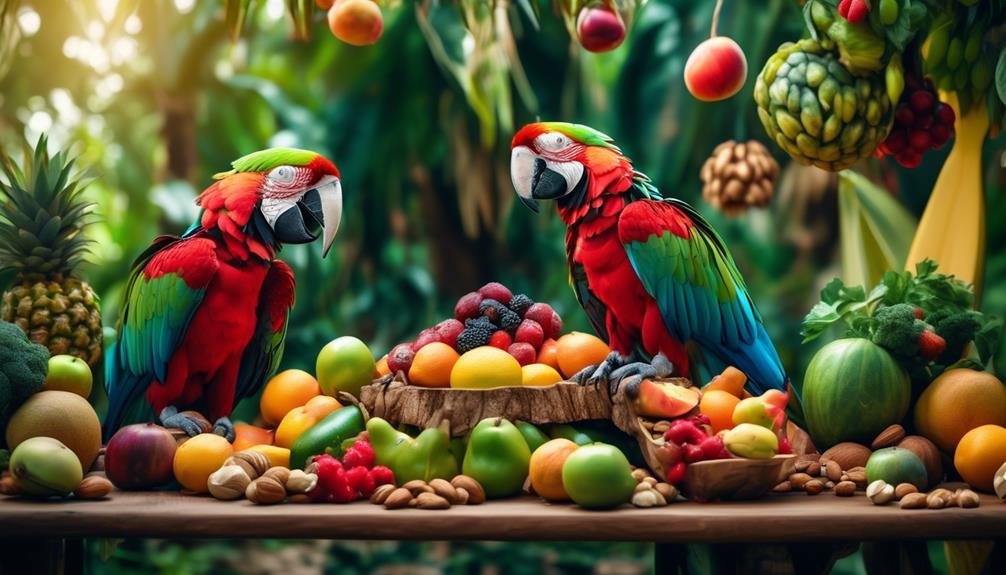
To ensure the health and well-being of Green Winged Macaws, it's important to provide them with a balanced diet and follow feeding recommendations. Here are some key points to consider:
- Offer a variety of food options such as seeds, pellets, fruits, and vegetables to meet their nutritional needs.
- Include high-quality parrot pellets as they provide essential vitamins and minerals.
Fresh fruits and vegetables should make up a significant portion of their diet, offering a range of colors and textures.
Avoid feeding them avocado, chocolate, caffeine, and alcohol as these can be toxic to them.
Provide clean, fresh water daily and ensure it's easily accessible.
Monitor their weight and adjust their diet accordingly to prevent obesity or malnutrition.
Consult with an avian veterinarian or an experienced breeder for specific dietary recommendations tailored to your macaw's needs.
Frequently Asked Questions
How Do Green Winged Macaws Communicate With Each Other?
Green Winged Macaws communicate with each other through vocalizations, such as squawks and calls. They can also mimic sounds. They are social birds and use their communication skills to interact with other members of their group.
What Are Some Common Health Issues That Green Winged Macaws Might Face?
Green Winged Macaws may experience common health issues such as feather plucking, respiratory infections, and malnutrition. Regular vet check-ups, a balanced diet, and a clean environment can help prevent these problems.
Are Green Winged Macaws Suitable Pets for Families With Children?
Yes, green winged macaws are suitable pets for families with children. They are social, affectionate, and playful. However, they require a large cage and proper care. They can talk and mimic sounds, making them interactive pets.
How Do Green Winged Macaws Contribute to Their Ecosystem?
Green Winged Macaws contribute to their ecosystem by dispersing seeds through their diet and excretion. They play a vital role in maintaining the biodiversity of the tropical rainforests they inhabit, supporting the growth of various plant species.
What Are Some Unique Behaviors or Characteristics of Green Winged Macaws?
Green Winged Macaws have unique behaviors and characteristics. They are vocal and can mimic sounds. They are social, affectionate, and playful. Their striking plumage consists of red, green, and blue colors.
Are Green Winged Macaws also at risk of extinction like the Eclectus Parrots?
Yes, the green-winged macaws are also at risk of extinction much like the charismatic guardians of the rainforest, the Eclectus parrots. With habitat loss and illegal trade posing significant threats, conservation efforts are crucial to ensure the survival of these majestic birds.
Conclusion
In conclusion, the Green Winged Macaws are truly captivating creatures with their vibrant plumage and remarkable vocal abilities.
However, their population is at risk due to illegal trapping and trade.
It's crucial that conservation efforts are made to protect these majestic birds and their natural habitat.
By providing them with proper care and a balanced diet, we can help ensure their survival and continue to marvel at their beauty for generations to come.

